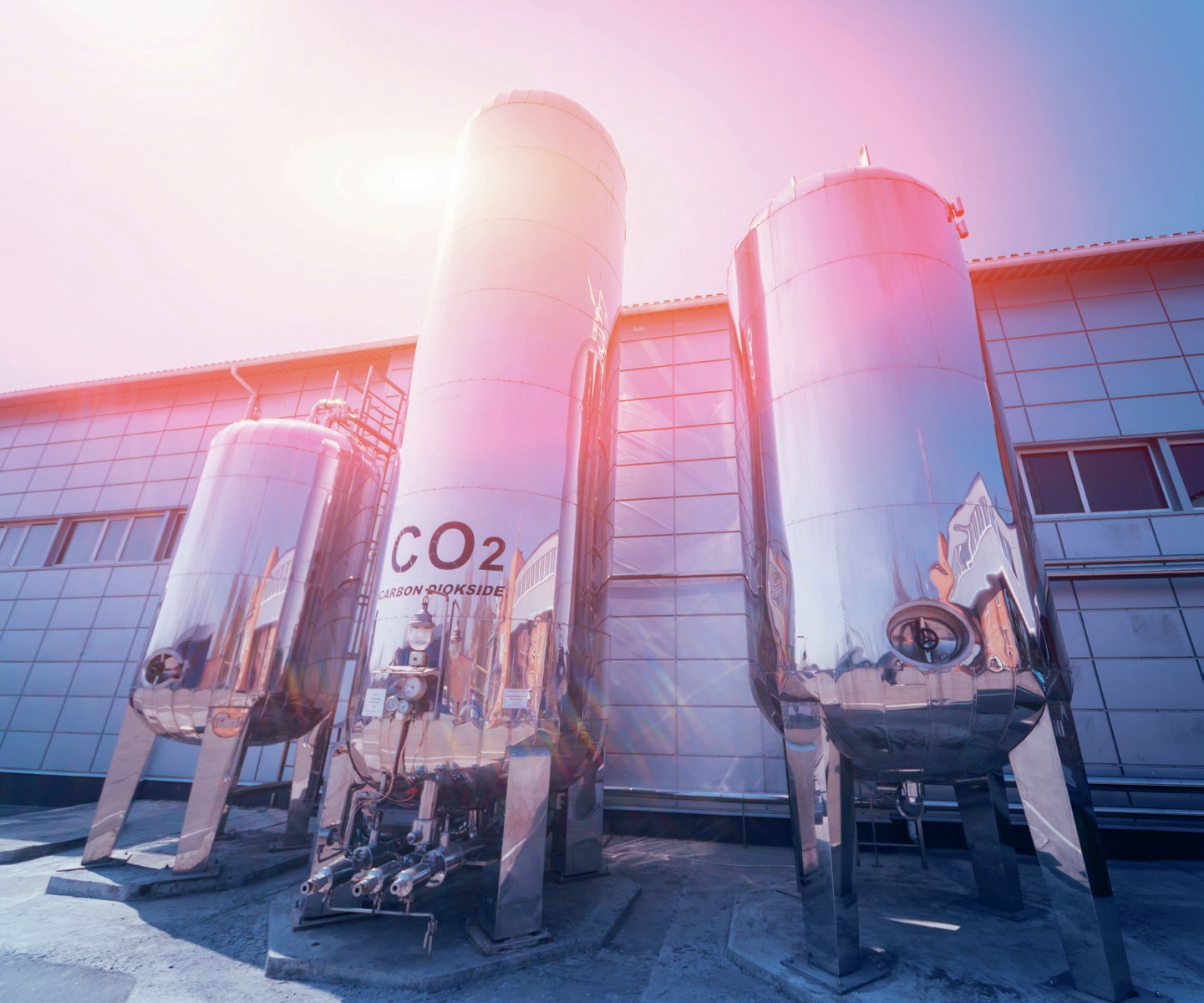
For the past year the headline news has been that global temperatures have been rising. If no action is taken, temperatures will reach a level 1.5°C higher than preindustrial levels in the next 20 years, and a rise of 2°C is very possible. To get back on track and not exceed these targets, more effective climate change mitigation strategies are required. One of these strategies is carbon capture and utilisation (CCU).
At the end of 2020 the UK government announced an ambitious new target to reduce greenhouse gas emissions by 68% in the next decade (compared with 1990 levels), committing the UK to cut emissions at a faster rate than any other high-income country. The ten-point plan outlined to achieve this aim included investment in CCU facilities to capture 10 million tonnes of carbon dioxide (CO2, the major contributor to climate change) each year by the end of the decade. The equivalent of removing the same amount produced by 4 million cars annually.
Your organisation does not have access to this article.
Sign up today to give your students the edge they need to achieve their best grades with subject expertise
Subscribe




